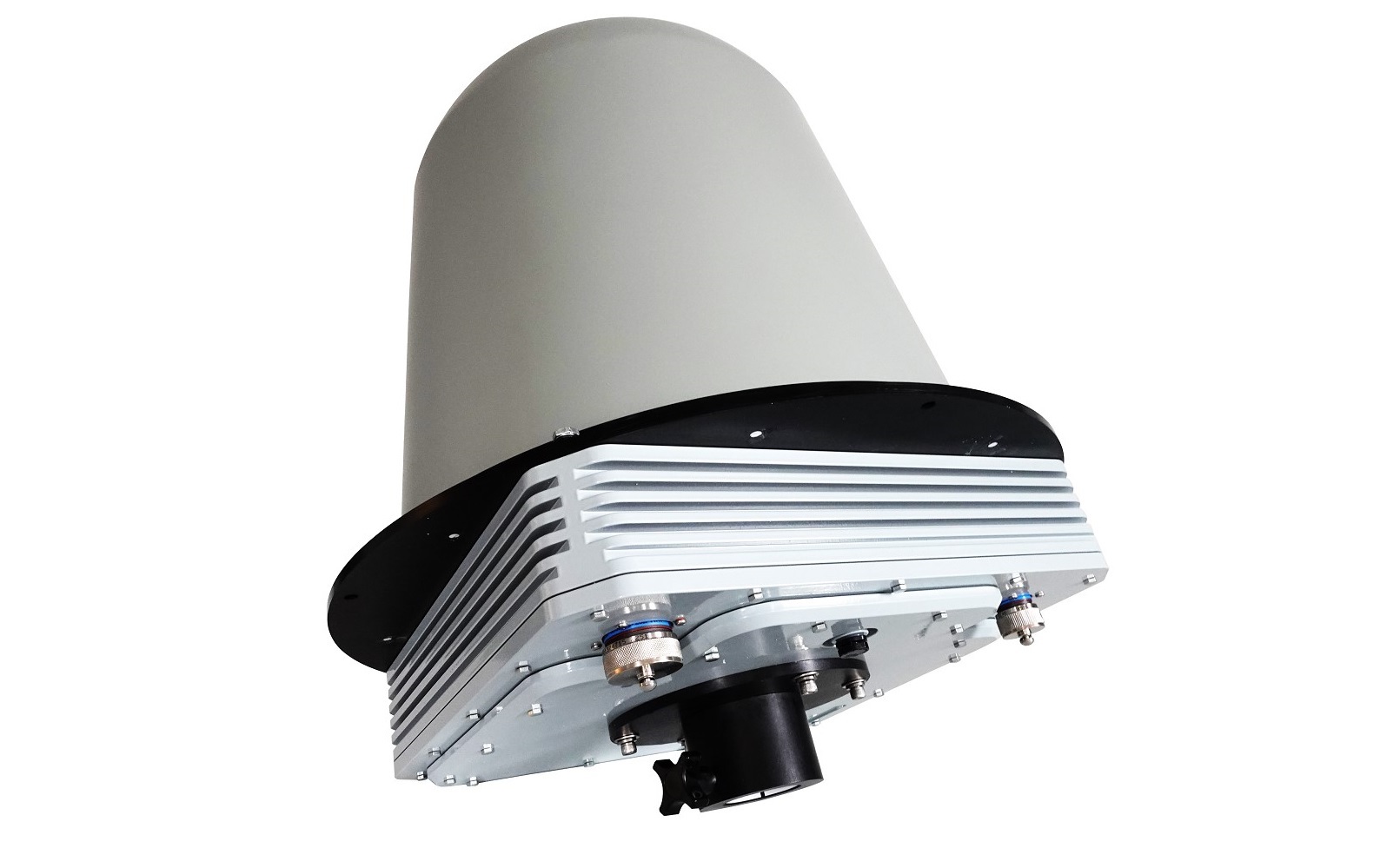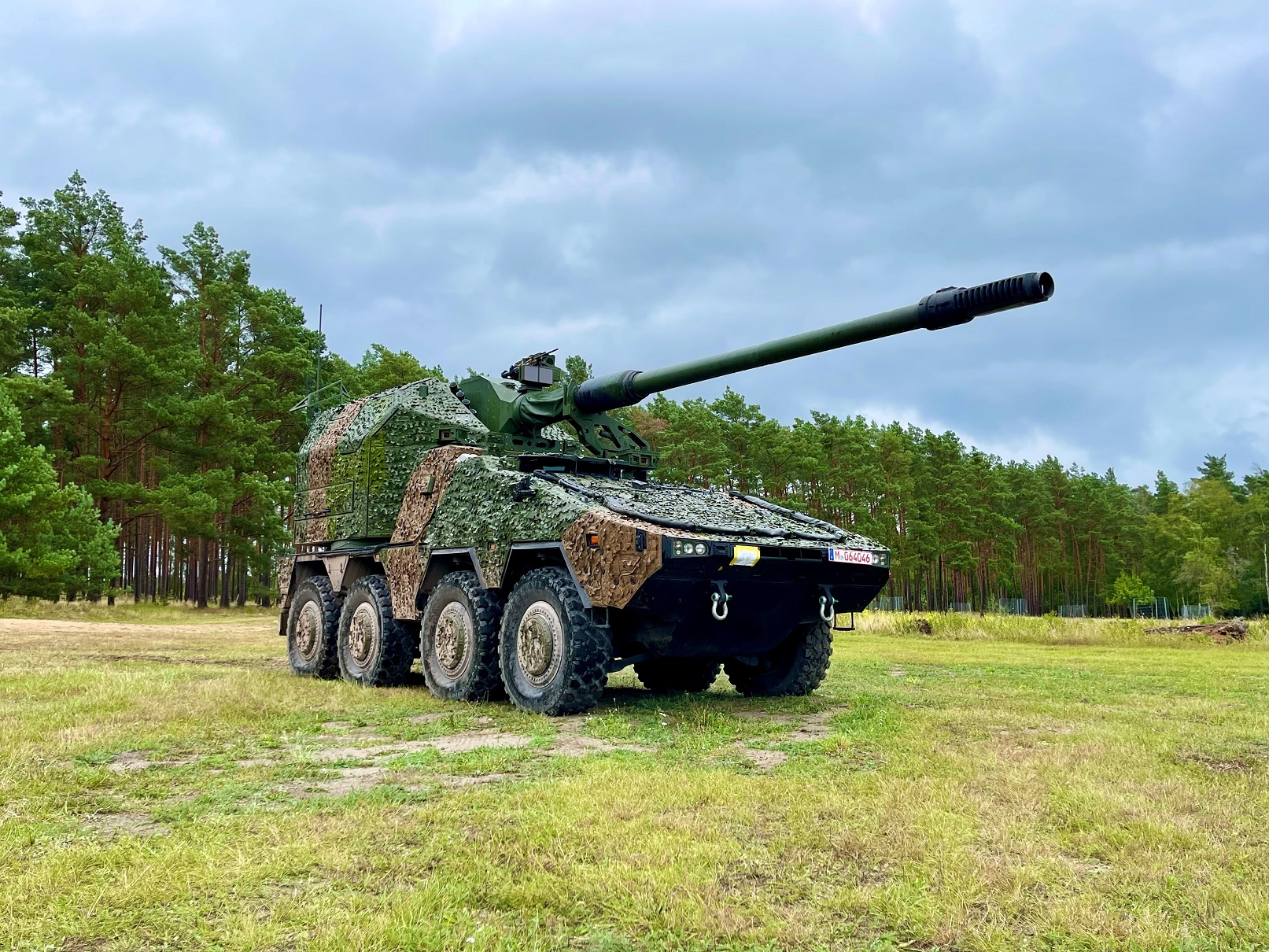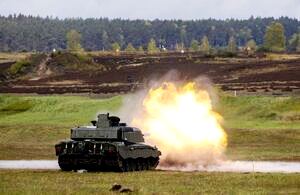Government and industry develop new concept in modular autonomous sensing

The Sensing for Asset Protection with Integrated Electronic Networked Technology (SAPIENT) project has demonstrated a modular hierarchical autonomous sensor system which could significantly reduce the operator burden involved in perimeter protection and security.
Currently most security systems, such as CCTV cameras, simply collect data and feed it to an operator who can assess the situation and make decisions for where the sensors should look next. Monitoring and interpreting lots of data can place a high cognitive burden on the operator.
In the SAPIENT system individual sensors can make low-level decisions autonomously, such as which direction to look or whether to zoom in, in order to fulfil a higher-level objective. These higher-level objectives are managed by a decision making module which controls the overall system and makes some of the decisions normally made by the operators. This significantly reduces the burden on the operator and lowers his or her need to concentrate on the output of the sensors all of the time.
Paul Thomas, Principal Scientist, Dstl says: “Combining the dual challenges of autonomy and modularity is no mean feat but these are key issues when it comes to multi-sensor systems. The technologies demonstrated through SAPIENT have shown that autonomous modular sensors can be developed. This is an important step forward in enabling sensors to ‘plug and play’ and allowing operators to focus on the task in hand rather than sifting through large amounts of data. This concept could have significant benefit both in the area of civil security such as the protection of infrastructure and in military systems such as for base protection.”
The technologies funded through the SAPIENT project were recently demonstrated in realistic base protection scenarios with live sensors and targets. This showed a system that included four types of autonomous sensor modules and a high level decision making module linked together by a middleware software architecture developed and integrated by QinetiQ:
• Radar Autonomous Sensor Module by AptCore is a robust radar system which provides accurate object detection and classification over a large area in all weather conditions.
• Intelligent Thermal Imaging developed by the University of Durham, reports target presence, location, trajectory and behaviours using a thermal infra-red camera.
• Scanning Laser Automatic Threat Extraction (SLATE) by Createc provides shape, tracking and description. It can discriminate between different objects and provide an alert when a tracked object crosses a boundary or passes through a tagged area.
• Pan Tilt Zoom Autonomous Sensor Module by QinetiQ provides an automatic person-tracking function which can automatically adjust pan, tilt and zoom settings to keep a detected human central in the field of view.
• Adaptive High Level Decision Making Module by Cubica Technology fuses the outputs of the autonomous sensor modules to assess threat conditions and tasks the modules to respond to the situation.
At the demonstration the system performed sensor cueing, intelligent information fusion, sensor tasking, target hand-off and compensation for compromised sensors, all without human control.
Dstl and Innovate UK are now working with the industry partners on opportunities to exploit these technologies further for military and civilian security applications.













